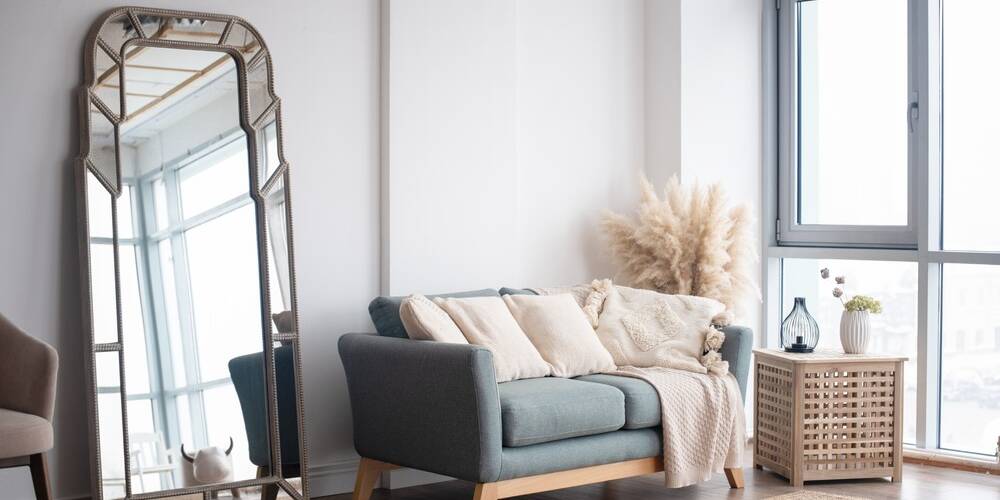The right workspace can do wonders. It is no secret that staff productivity in the UK has historically been below that of neighbouring countries including France and Germany, as well as our US counterparts across the pond. One recent study suggested that alarmingly the average Brit only spends three hours of each weekday working, despite spending at least eight hours at the office.
Many factors have been blamed for Brits being behind, from an office culture of chatting and cuppas to a habit of working overtime which is detrimental to output in the long term, and employers spend much of their time developing strategies in an effort to increase staff productivity.
With many UK employees working successfully from home during the pandemic, it is uncertain how a return to the office environment will impact their productivity. In addition to the heightened focus on mental wellbeing that is now part and parcel of any good HR offering, safeguard against a potential productivity slump by redesigning your physical workspace to generate maximum output from your employees. To avoid any disruption, consider using a temporary building while you are updating your office space.
Create opportunities for movement
Our brains function more efficiently on a task if we take regular short breaks rather than trying to complete everything in one long slog. A simple way to encourage small interruptions in workflow is to use ‘stand-to-sit’ desks that encourage staff to change positions throughout the day when they begin to feel tired or lacking in inspiration. These desks are also beneficial to physical health which in turn correlates with increased productivity.
Given that working from home involved a heightened fitness regime for many, consider using a small section of your workspace for collective physical exercise such as a lunchtime yoga class. You could also install showers and changing rooms to encourage staff to run or cycle to and from the office.
Add some greenery
Plants might seem run-of-the-mill or even old-fashioned in the minimalist modern office space. However, adding greenery to the workplace is proven to have plenty of benefits including increased creativity and reduced stress. Greenery also helps to bring life indoors, naturally encouraging employees to be more energetic, particularly during the dark winter months.
Consider ergonomics for maximum comfort
Ergonomics is the science behind designing for people — in other words, how to create an environment that best serves a person’s physical needs. Strive to ensure that the office has an ambient atmosphere in terms of temperature and staff behaviour and do what you can to elevate levels of physical comfort. Lower back pain is the most common work-related complaint, so start off by investing in high-quality desk chairs and/or footstools to improve employee desk posture.
Don’t overlook noise control
When you walk around the office, you will notice that each employee fuels their concentration with a different audio environment. Some staff will benefit from background music or the gentle chatter of a radio show while others will crave complete silence which is hard to come by in any industry. Provide your staff with headphones either to play sound or block out noise. Furthermore, ensure you have designated rooms for phone calls and meetings to minimise overall disturbance. If you have enough space, create a ‘quiet zone’ away from the hustle and bustle of the main office.




